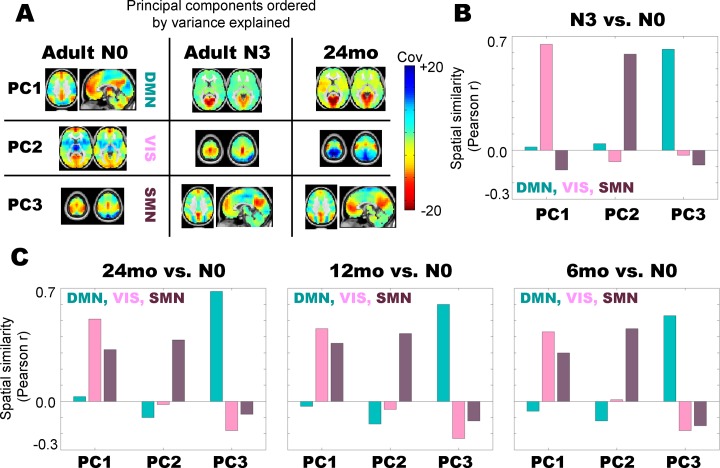Fig 2. Principal component structure of adult N3 (slow wave) sleep best matches early childhood data.
(A) First 3 principal components (PCs) in adult N0 (wake), adult N3 (slow wave sleep), and 24 month olds, ordered by variance explained. The topographies of the first 3 PCs in N0 (wake) adults reflect the default mode network (DMN), visual network (VIS), and somatomotor network (SMN), respectively. In contrast, it is visually evident that the component order in adult N3 (slow wave sleep) and 24 months old is visual network, somatosensory network, and default mode network, respectively. (B) Quantitative analysis of spatial correlations between the first 3 PCs in adult N3 vs. the first three components in adult N0 (labeled DMN, VIS, and SMN) demonstrates that the first adult N3 component most closely matches the N0 visual topography, the second adult N3 component most closely matches the N0 somatomotor topography, and the third adult N3 component most closely matches the N0 default mode network topography. (C) Quantitative analysis of spatial correlations between the first 3 PCs in data collected at 24, 12, and 6 months of age vs. adult N0 shows the same pattern of component re-ordering as in the adult N3 vs. adult N0 comparison.

